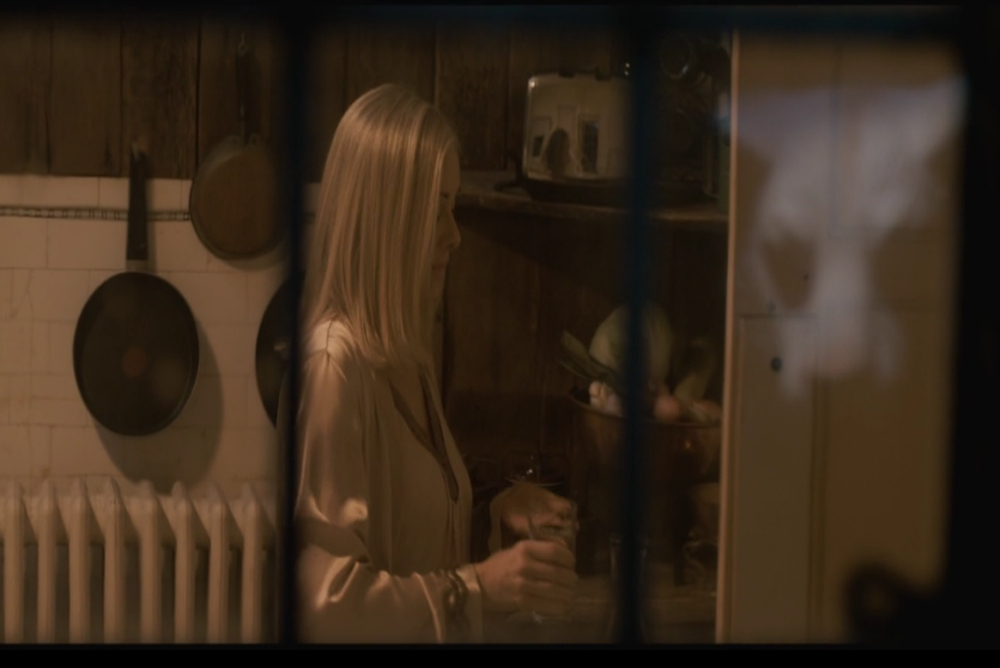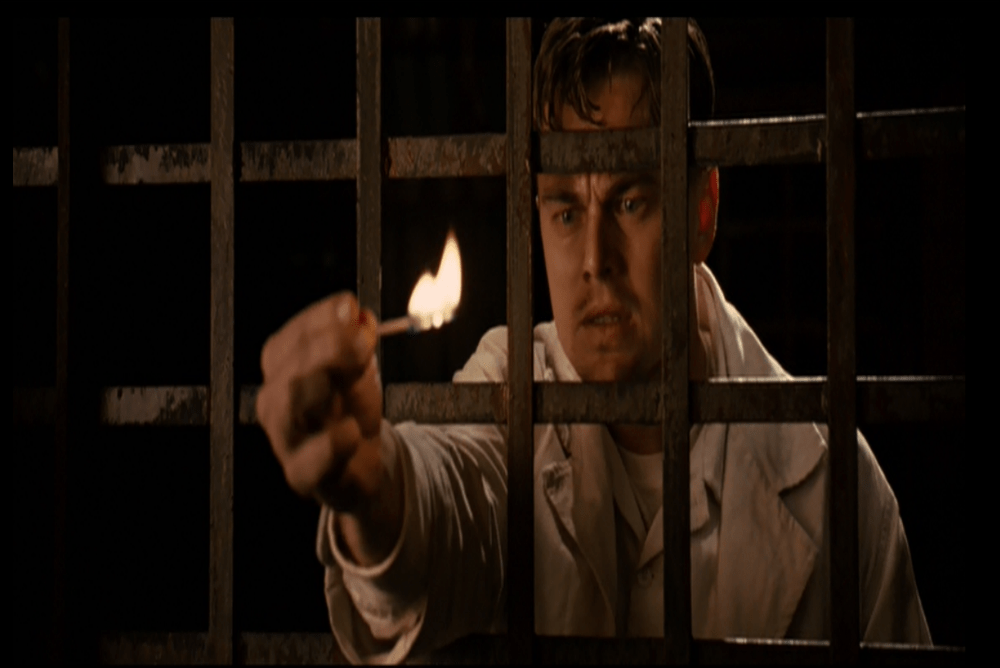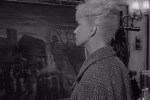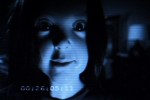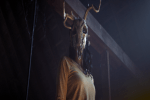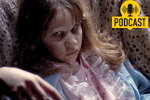Dismissed (2017) is an interesting film for anyone who is involved in education. Anyone else might find its central story of a psychopathic teen, Lucas Ward, played chillingly by Dylan Sprouse, a bit flimsy. Would a kid really be driven to rather absurd sadistic machinations and even to murder because his English teacher, David Butler (Kent Osborne), gives him a B+ on his paper? (Admittedly Butler later changes Lucas’s grade to an F after Lucas threatens him and calls him out on the fact that he got his degree from Iowa State rather than an Ivy League university. But still . . . ) Directed by Benjamin Arfmann and written by Brian McAuley, Dismissed is a rather lackluster and contrived entry in the psychopathic stalker subgenre. I personally found it enjoyable, though, and not only because I happened to be watching this story of a student who flips out over a grade during grading period at the end of a semester.
Dismissed has something that you almost never see in film: a scene in which two characters engage in a close reading of a literary text. Some of you may now be having unpleasant flashbacks to your last English class, but stay with me. This really is an interesting scene. (It begins at about 25 minutes into the film.)



